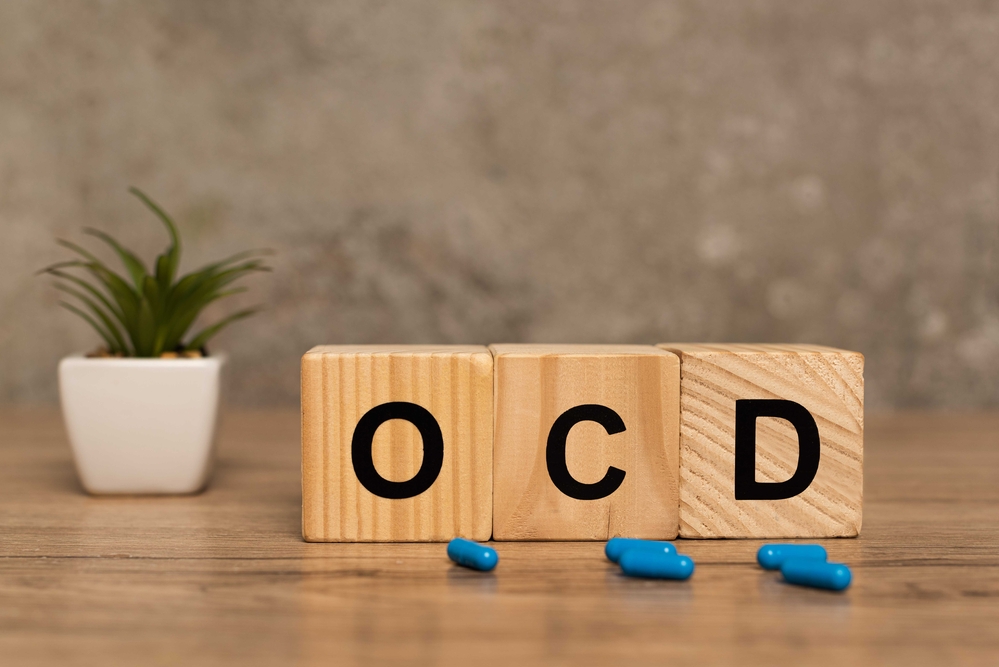
Many people with Obsessive-Compulsive Disorder (OCD) can benefit from traditional therapies, but not everyone does. The severe ramifications of the sickness were until recently the responsibility of people who did not profit from these treatments. Fortunately, other approaches are becoming more and more well-liked as effective OCD Treatment choices.
One of the most incapacitating mental conditions, obsessive-compulsive disorder affects adults all over the world. Less than 50% of patients experience complete remission from this illness, which has a lifelong duration. In order to raise patients’ quality of life, treatment must be effective. There are two distinct incapacitating symptoms that this illness gives its victims. Obsessions—intrusive, persistent, and uncontrollable thoughts that cause unpleasant emotions like anxiety—are the first problem they encounter. As a result of their obsessions, people go on to acquire compulsions, which are compulsive actions. Trying to ignore compulsions can make you feel even more uncomfortable. The person finds it difficult to get out of this loop.
Cognitive behavioral therapy (CBT), which tries to detect and lessen obsessions through cognitive restructuring, is frequently used by professionals. By carefully exposing patients to obsessions or objects they are afraid of, Exposure Response Prevention (ERP) seeks to lessen compulsions. Not all OCD patients respond to conventional therapies, as was previously said, necessitating the employment of additional therapy choices. Treatments that emphasize mindfulness seem to be a strong rival.
Meditation-Based Therapy
Mindfulness-based therapies come in a variety of shapes and sizes. The widely used and successful therapy for OCD is mindfulness-based cognitive therapy (MBCT). It helps patients stay in the present and encourages them to observe their thoughts objectively. Patients typically engage in guided meditation for an hour each week to practice this attentive method. More practice sessions can further improve outcomes. Simply participating in these routines allows patients to become aware of their obsessive thoughts and the situations in which they typically surface. By examining their beliefs without passing judgment and refraining from violently repressing them, patients start to attach less power to them. The need to indulge in compulsions is typically lessened as a result. When patients perform these activities as part of their OCD treatment, their symptoms frequently get better within two weeks.
A reduction in symptoms
The thought-action fusion (TAF) is frequently high in OCD patients, meaning they believe that thinking about doing something automatically results in doing it. This makes it difficult for them to manage their compulsive activities. Additionally, OCD sufferers frequently try to suppress their obsessions in an effort to gain control over their condition, which ironically worsens their symptoms by making them more invasive.
By cognitively reconstructing the patients’ ideas and understanding of the situation and demonstrating that they can learn to regulate their actions, MBCT targets the TAF of the patients and enables them to break the close connection between thoughts and actions. Furthermore, mindfulness encourages patients to observe disruptive thoughts without passing judgment, as opposed to repressing them. They are able to detach less importance and power from their obsessions as a result, which lessens the need to perform compulsions. Evidence also suggests that combining mindfulness with other therapies like CBT or ERP increases treatment effectiveness and lowers relapse rates. One explanation for this phenomenon is that mindfulness teaches people metacognitive thinking, which can improve their interactions with therapists and help them avoid recurrence before the symptoms turn into a disability that affects their quality of life.
Future Improvements in Treatment
As demonstrated, mindfulness can be a crucial element of effective OCD treatment because it has the power to significantly lessen symptoms and give patients back control over their obsessions and compulsions. Unfortunately, the game-changing effects of mindfulness are mostly restricted to experimental settings because the majority of mainstream treatment is still concentrated on CBT and ERP. On the other hand, the overwhelming body of research demonstrating the advantages of mindfulness in OCD treatment begs more doctors to incorporate this novel element into their traditional approaches. As a result, the next step in improving OCD treatment is to include mindfulness exercises in regular therapy so that specialists can give OCD patients the best care possible. This strategy might be the key to assisting “non-responsive” individuals.
Contact Me
Contact me right away if you need Obsessive Compulsive Disorder treatment in Chandler, Arizona. We can go over the various possible treatment choices and determine which is best for you.